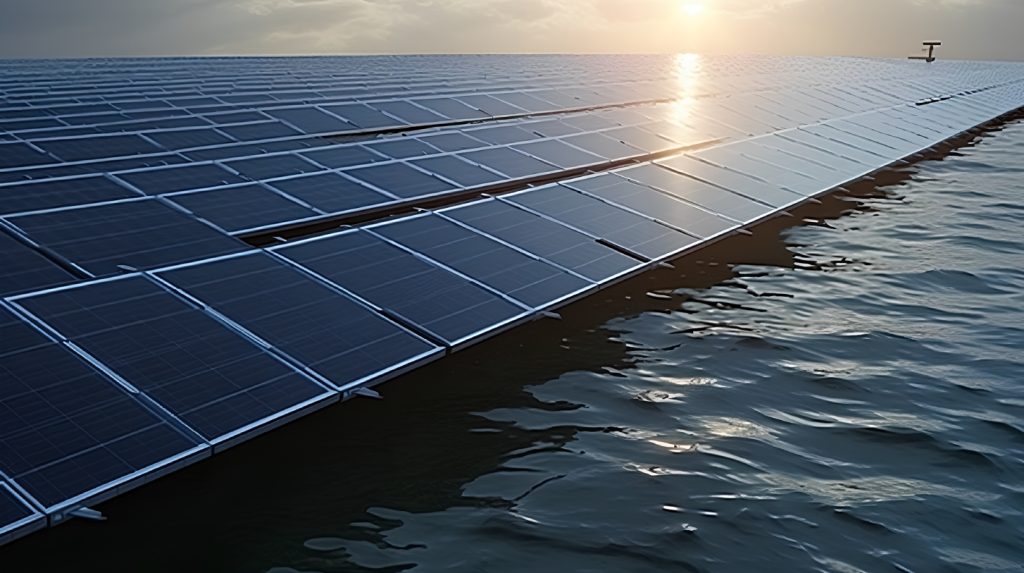According to Wood Mackenzie’s 2024 Floating PV Market Overview report, the global floating PV (FPV) installed capacity is expected to grow to 77GW(DC) by 2033, of which the Asia-Pacific region (APAC) will account for 81% of the share, reaching 57GW(DC).

Growth in the Asia Pacific region is mainly driven by India, China and Indonesia, which are expected to add a combined 31GW of installed capacity over the 2024-2033 period.
Europe’s floating PV development is affected by factors such as coverage and distance limitations, and it is expected that Germany, France and the Netherlands will occupy 2.2GW, 1.2GW and 1GW respectively by 2033. However, RWE and Fraunhofer ISE estimate that the technical FPV potential of all artificial lakes in Germany is 45GW.
The United States, one of the world’s largest solar markets, will have a smaller market share due to the higher capital expenditure (CapEx) of floating PV compared to traditional terrestrial PV systems, with only 700MW of installed capacity expected. However, with the growth of demand and low-carbon energy policy support, the CapEx of FPV is gradually decreasing. Currently, floating PV CapEx is still about $0.13 to $0.15 / w higher than terrestrial PV, but PERC and TOPCon module prices have recently dropped below $0.10 / w, significantly reducing overall construction costs.
In addition, the participation of leading renewable energy developers such as BayWar.e., Ciel&Terre and SunPower is also driving private investment worldwide.
According to the report, hybrid FPV hydropower projects utilize existing reservoir space and have the advantages of reducing evaporation losses, increasing electricity output and enhancing energy storage capacity. The installation peak of such projects is expected to occur between 2026 and 2028, but due to the long commercialization time, there are still challenges including multiple approvals and inconsistent technical standards.
In the report, Wood Mackenzie recommends that dedicated policy support, auctions, and innovative tenders further incentivize the development of floating PV technologies, drive market growth, and level the playing field between different PV technologies. Recently, a Chinese energy group completed the world’s largest floating photovoltaic power plant in offshore China, with an installed capacity of 1GW, demonstrating the significant potential of the sector.


